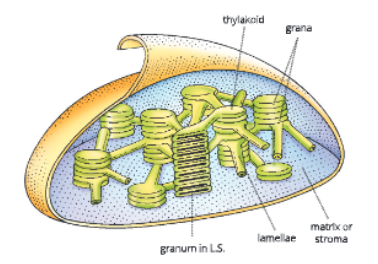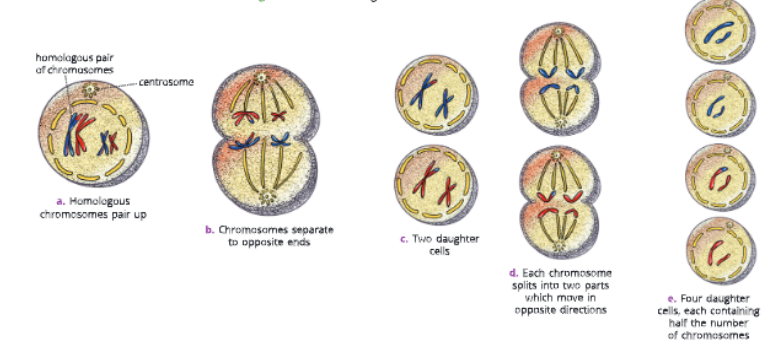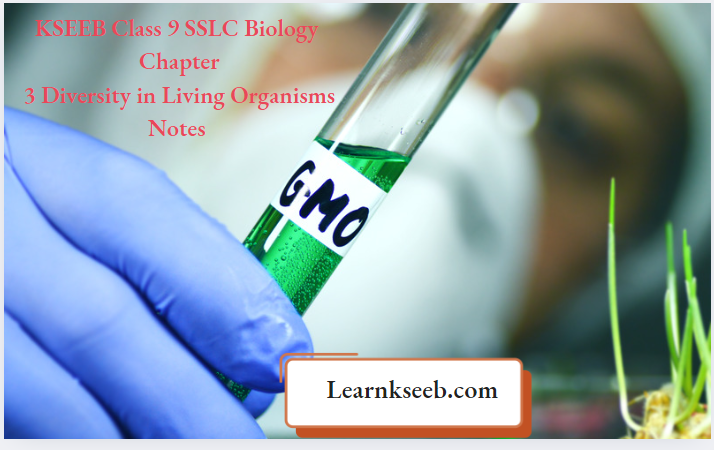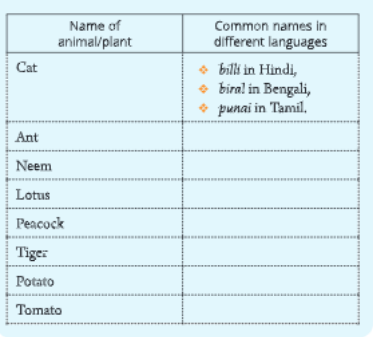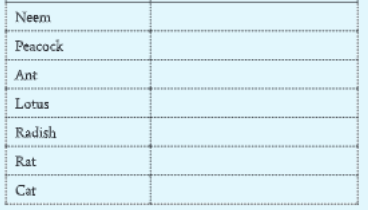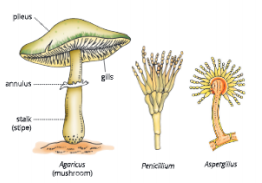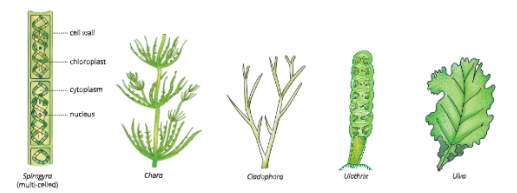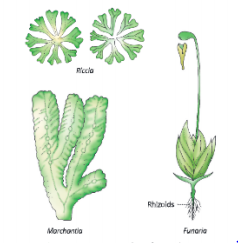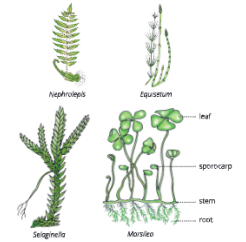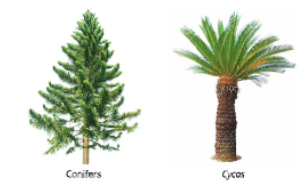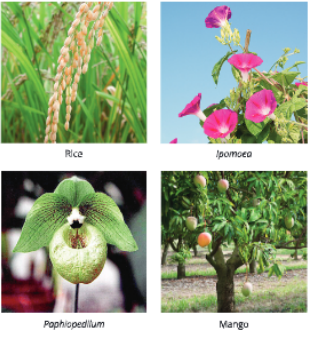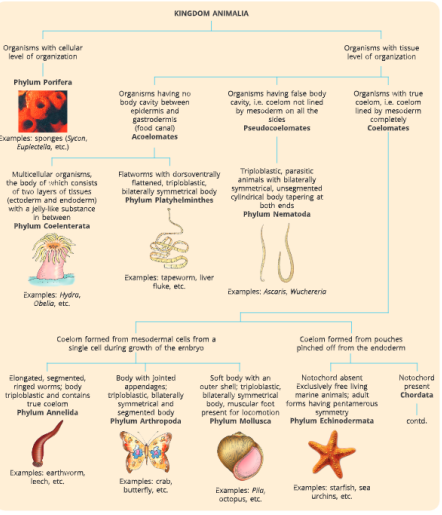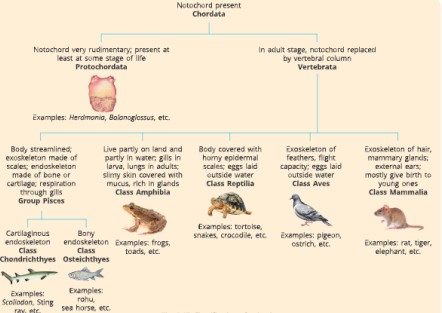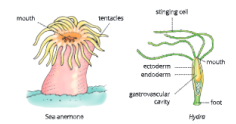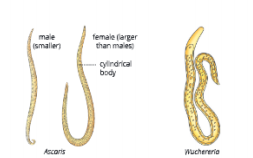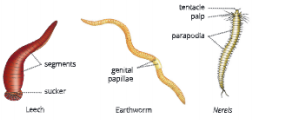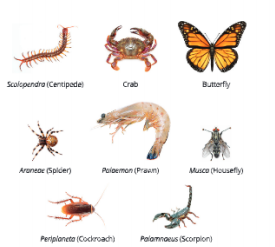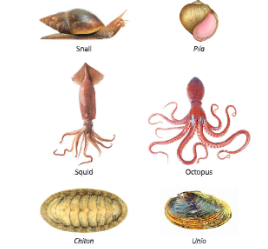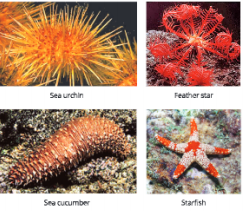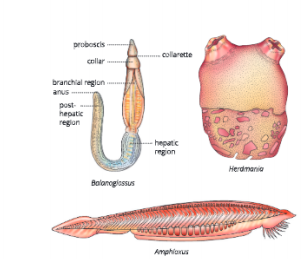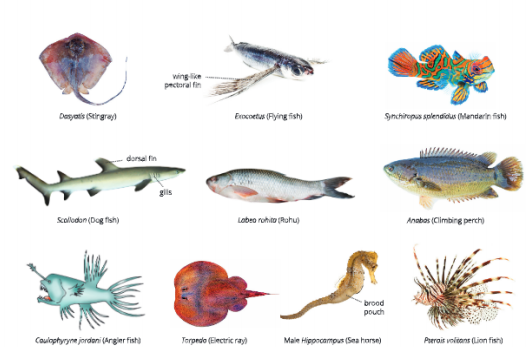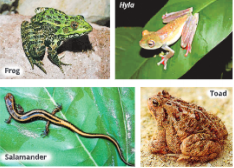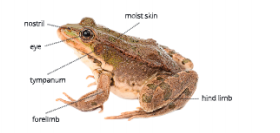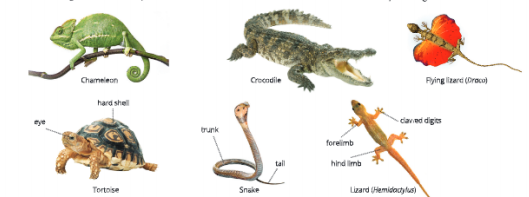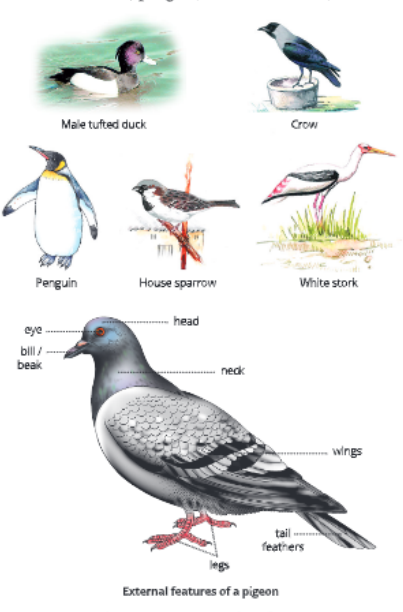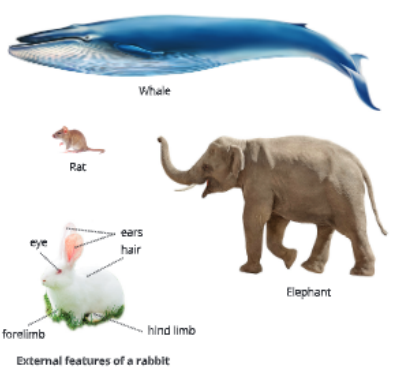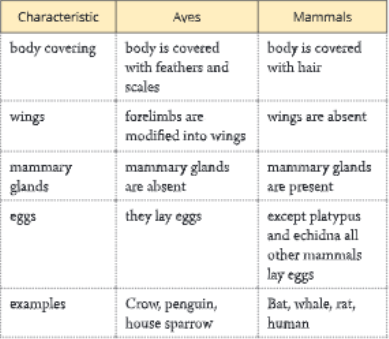KSEEB Solutions for SSLC Class 10 English Chapter 8 Science And Hope Of Survival Points To Ponder
The lesson is an article that discusses the necessity and importance of science and scientific research.
The author, being a scientist discusses the need for practical and basic science in different aspects. In 1960, during the height of the Cold War, the author was in Moscow doing research on the theory of seismic waves, he was summoned by the President of Russia to attend a summit in Geneva.
At that time the Earth lived under the threat of annihilation by a nuclear weapon as the three superpowers USSR, USA, and UK possessed them.
Hence they maintained peace because of the fear of Mutually Assured Destruction (MAD).
Scientists all over the world gave a unanimous solution which resulted in the Nuclear Test Ban.
Scientific inventions like antibiotics, electronics, biotechnology, synthetic fibers, the green revolution, and genetic forensic diagnosis, etc. have given hope for the welfare of the world.
It is commonly recognized that the very survival of our civilization is threatened by natural and man-made disasters. Among them are earthquakes, self-inflicted destruction of megacities, environmental catastrophes, and economic and social crises.
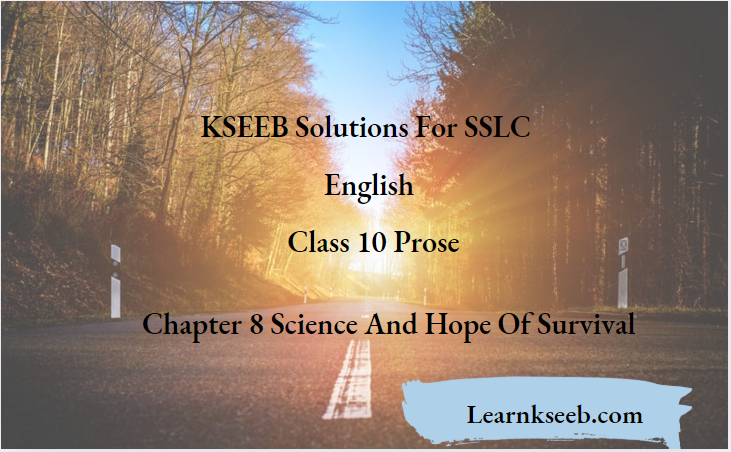
Science And Hope Of Survival SSLC English Textual Exercises Check Your Understanding
A. 1..a)‘If you are so clever, why are you so poor?’
The professional addressed as ‘you’ in the statement above refers more than others to a (fill in the blank choosing the best form in the alternatives below)
1) scientist
2) lawyer
3) doctor
4) businessman
Answer: 1) scientist
b. Justify your choice in the above question.
Scientists are the professionals who work day and night in their field so as to make inventions and discoveries but they are paid less in comparison to the amount of pain and strain they would have put on. The true reward for their work is their discovery or invention which earns them a lot of appreciation for their contribution to the world.
Read paragraph
(1) and
(2) carefully, all fill in the blanks in the columns below

Answer :

3. A few words are given below. Some of them are related to the field of business, and some are to the field of science. Maybe a couple of them are related to both.
Read, discuss and fill them in columns A, B and C accordingly

Answer:

4. The writer says. “I found myself in Geneva.” It expresses, more than anything else, the writers.
(choose the right option and fill in the blank)
1) pleasure
2) surprise
3) anxiety
4) annoyance
[ choose the correct word and fill in the blank]
Answer: 2) surprise
5. Afew statements are made below. Read them and say which of them is true or false according to the text. tick Yes/No, accordingly
1) The war was going on between the US and the USSR when the Geneva meeting was called. Yes/No
Answer: No
2) Everyone lived under the fear of annihilation by nuclear weapons. Yes/No :
Answer: Yes
3) In the nuclear war, the first who strikes will be the survivor. Yes/No
Answer: No
4) The three superpowers were willing to put a ban on nuclear weapon tests. Yes/No
Answer: Yes
6. Earth tremors are. caused by two factors. One is the earthquake. What is the other factors?
Answer: The other factor may be the underground nuclear explosions.
7. Which of the following qualities helped the scientists to come up with a solution to the problem? Which of them did not?
Put the right( ) or( ) wrong in the boxes accordingly
self-assessment [R]
self-praise [W]
popularity [W]
experience [R]
self—discipline [R]
respect of evidence [R]
8. What was the important decision that the politicians took before Geneva Summit?
Answer: The important decision that the politicians took before Geneva Summit was to bring out the ‘Nuclear Test Ban’.
9. “Immersion in science does not go with common sense.” Suggests-
1) Foolishness of scientists
2) Absentmindedness of scientists
3) scientists do not bother about the results of Their work
(Complete the sentence with the right choice)
Answer: 2) Absentmindedness of scientists
10. With whose help can the world be ready with preparedness to face the challenges that natural calamities pose?
Answer: The world can face the challenges caused by natural calamities only with the help of scientists. The basic research of the scientists can create a springboard for developing new disaster preparedness.
11. Write at least the names of three subjects that come under the category of basic science.
Answer: physics, chemistry, biology.
12. Who can best ensure our safety in the world?
Answer: The scientists with their research work with the support of well-organised political systems and well-informed citizens with humility can ensure our safety in the world.
Analysis Of Science And Hope Of Survival Think About The Text
1. Which sentence in the text suggests the author was involved more in the theoretical research than in its application to the warcraft?
Answer: The following lines suggest that the author was involved more in the theoretical research than in its application to the warcraft—“‘I was in Moscow doing research on the theory of seismic waver — tremors generated by an earthquake. I‘ was absorbed in my problem; I enjoyed the mathematical challenge. I did not give much thought to how it connects with real life.”
2. “A paradox may refer to a person, a thing or a situation that has two opposite features and therefore seems strange.” In light of this definition, how is ‘MAD’ a paradox?
Answer: During the Cold War period every human who lived on the earth was under the threat of annihilation by a nuclear weapons. Each Super Power had manufactured deadly nuclear bombs and missiles to destroy the others. This ‘Mutually Assured Destruction (MAD)’ was like the only thin thread protecting all of us from the common fatal fate. Thus the nuclear weapons which were the reason for destruction were also the reason for non-destruction. Thus the “MAD” is certainly a paradox.
3. What was the ‘problem’ that nuclear power had faced? Was it a violation of the agreement or was it the detection of violation? Explain briefly.
Answer: The problem was the detection of violation. Suppose that —the nuclear powers had signed agreement to stop the test of the new nuclear weapons, and if one ofthe participants had violated this agreement and secretly made an underground nuclear explosion, then how the other powers can detect the violation.
4. “Iron curtain” is referred to as a barrier. It was outwardly difficult for the opposite sides of the iron curtain to find out the solution for the problem of violation of the agreement. What was the reason?
Answer: It was outwardly difficult for the opposite sides of the Iron Curtain to find out the solution for the problem of violation of agreement because of the vast differences in their cultural background. While one side was capitalist the other was communist. There was a great contrast in the ideologies themselves.
5. Make a list oflessons that the writer learnt at the Geneva Summit.
Answer: The writer learnt at the Geneva Summit that all the scientists all over the world think and interact in a similar manner. It taught him never to feel lonely whenever he went abroad. The most important lesson it taught him was while there is science, there is the hope of survival and well-being for all the humankind.
6. Give a few examples which illustrate the writer’s stand that scientists are the most practical people in the world?
Answer: The writers say that scientists are the most practical people in the world. The inventions of new technologies, new brands of industry right from defense to entertainment like antibiotics, electronics, biotechnologies etc. are examples of research has given us new sources of energy, cure from cancer, efficient defense from terrorism etc. These people are headhunted by various organizations and given top posts.
7. Who willbe headhunted by financial institutions and pharmaceutical industries? Why?
Answer: People trained in theoretical physics are headhunted by financial institutions. Those trained in the frontiers of biological research become founders and directors in the Pharmaceutical industry. This is due to the feet that theyare highly knowledgeable in basic science which gives them a head start in their career.
8. Some statements are given below. Why or why not are they true? Discuss with your partner.
a) Money is more powerful than intellectual resources.
Answer: a)Money can never be more powerful than intellectual resources. Money can buy any physical or material resources but it cannot buy intelligence. Without intelligence we can earn money but money cannot buy intelligence.
b) Intellectual resources help the survival of mankind
Answer: Intellectual resources help the survival of mankind: Yes, It is the intellectual resource that is helping the survival of mankind and it is the intellectual resource that is responsible for destruction too. The intellectual power used for the welfare of mankind can make this world safe and beautiful to live in. The invention and discovery of antibiotics, medicines for deadly diseases, advancement in transport and communication, etc. are some of examples the positive use of intellectual resources. The manufacture of deadly weapons is an example for the misuse of intellectual resources.
c) Basic research is a way of stalling disasters
Answer: Basic research is a way of stalling diseases: Research on various fields yields both helpful as well as harmful results. Basic research can create a springboard for developing a new disaster preparedness industry. Research can help predict the threat of natural disasters and manmade disasters. It can help in finding cure for fatal diseases like cancer etc. The main purpose of conducting research in any field is for the welfare of humankind.
Class 10 SSLC English Science And Hope Of Survival Enrich Your Vocabulary
Task -1: Take a look at the underlined words in the given paragraph, The word ‘train’ collocates ( combines naturally) with ‘fast’ and not with ‘brisk’.
I boarded the fast train to Delhi along with my partner and sister last evening. After reaching Delhi we checked into a hotel that was booked earlier. I had a quick glance at the menu and placed orders for some snacks. Next morning, my father and I took a brisk walk in the garden outside the hotel and looked for birds in the tree. But we were disappointed as there had been a rapid decline in the number of birds
Task 2: I Following the example given above, fill in the blanks with correct collocations (appropriate combination of words) choosing from those given
The Government sanctioned a few crores of rupees to build the stadium in our town. The builders made (1) rapid progress with the stadium. While the work was in progress, unfortunately, a boulder rolled down on a worker and he was injured. Immediately, he was rushed to a nearby hospital, I wished him (2) a speedy recovery The Government took (3) swift action against the builders. The builders made(4)a prompt payment. (a speedy recovery, a prompt payment, swift action, rapid progress)
Answers: Enrich your vocabulary.
Task 3: I Champaka is n in Goa. She writes a letter to her friend, Suma. She consciously uses collocations leaving options for Suma to choose right collocations. How would Suma use them?
Hi Suma Weather’s fantastic here. We make/walk-take a stroll along the beach every morning. MY grandpa made/got/accepted friends with some foreigners here yesterday. He changed/exchanged/ passed some interesting ideas to them. I happened to read on article on climate change in one of the local news papers. It was excellent and said that rising / rising/going/ sea levels are the menacing/ disturbing/ changing factors for the ecological balance. They are causing irreparable/ inseparable/_acute damage to the environment. I
will be back in Bengaluru next week and we can discuss more about these things. Take care.
Bye,
Champaka
Answers: Task 3: take, made, exchanged, rising, disturbing, irreparable.
Task 4: |Match the words in the box on the left with words that they collocate with on the right. Note some words shown in they box A may collocate with more than one word in box B. After matching, frame the appropriate sentence. You may follow the given example.
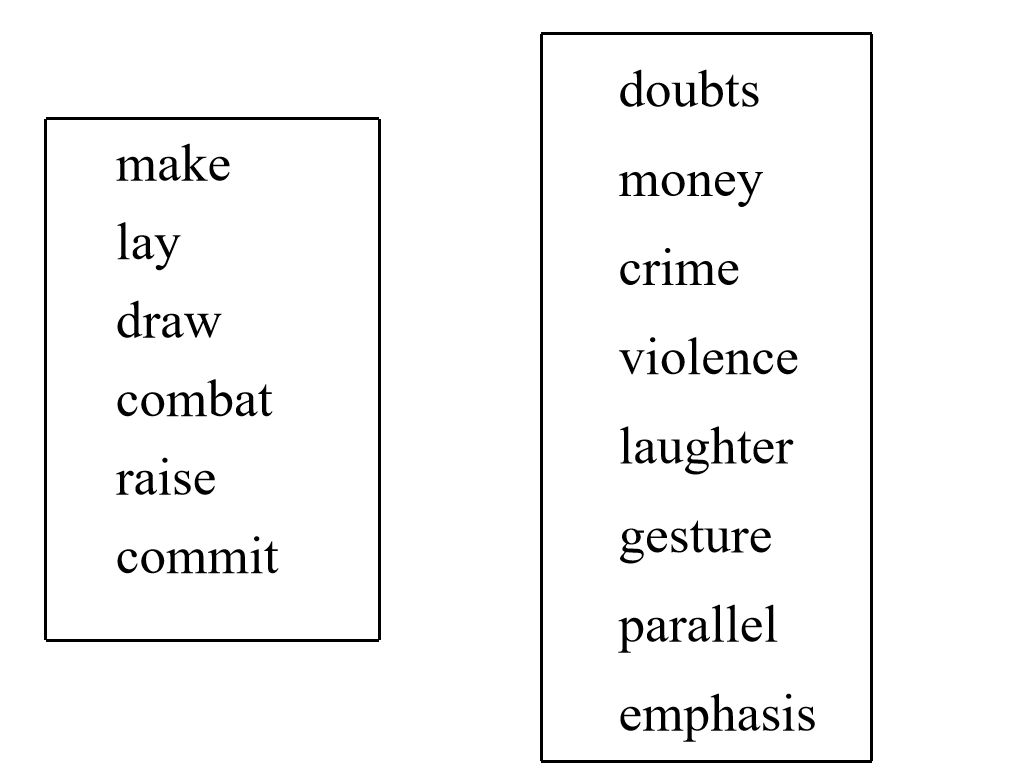
1. Sunder’s joke drew hilarious laughter from the audience.
2. Amit raised certain doubts about the decisions of the meeting.
Answer: Task 4: make money, make gestures, lay emphasis, draw parallels, combat violence, raise doubts, and commit crime.
Mr. Ramesh has made money after changing his profession.
My father lays emphasis on continuing his business as my profession.
Bangalore can draw a parallel with Delhi in terms of pollution.
A parent made a generous gesture by donating computers to our school.
No law and order can combat violence without the support of a good citizenry.
We should never commit a crime.
Science and Hope of Survival for Class 10 SSLC Practice Writing
Task 1 You are asked by your teacher to contribute an article to your school magazine on : Space Exploration. Your teacher edits and rewrite it. Observe how your teacher has done it for you.
an American has Space exploration is a big part of American history. It is been in is as shrouded te controversy for years. Space exploration is defined. ….. artificial and their moons through the use of artificial satellites- space probes and inspire space crafts with human crews. Space exploration inspires and enlightens who it enlightens every person which comes in contact with its. One example an of an inspiring event in space exploration was the Apollo project. They were successful Apollo missions is rarely disastrous but often see full and triumphant.
Answers: Practice writing.
[Task 2] Edit and rewrite the following article written by your friend for the school magazine on “Rockets.”
Rockets carry satellites and people into space. a rocket burn fuel and produces a jet of gas. The hot gas expands and is blasted downwards causing a force to push the rocket up. The first liquid-fuelled rocket is launched in 1926. it reached 12.5 M.. The flight lasted 2.5 seconds. There are many kind of rockets. Today rockets such as Arianne Sis are used to send satellites, Its size determines whether it is sent up by a small or large rocket.
Note: Your editing includes
a) correction b) deletions c) additions d) substitutions wherever necessary
Answers: Task 2: Rockets carry satellites and people into space. The rocket burn fuel to produce a jet of gas. The hot gas expands and is blasted downwards causing force to push the rocket up.
The first liquid-fuelled rocket was launched in 1926 and it reached 12.5 miles high. The flight lasted 2.5 seconds. There are many kind of rockets. Today rocket such Arianne Sare are used to send satellites. It’s size determines whether it is sent up by a small or large rocket.
SSLC Class 10 English Chapter 8 Learn grammar Through Communication Reporting
[Task 1]: Read the conversation between Ram and Shashi. A friend of Ram and Shashi writes their conversation in a paragraph.
Observe how he has done it;
Ram: Hi, Shashi, please come in
Shashi: Thanks.
Ram: Would you mind taking off your shoes?
Shashi: Sorry, I forget
Ram: We always take off ours shoes before we enter the house.
Ram was pleased to see Shashi and welcomed her. Shashithanked him. Ram asked her politely if she could take shoes. Shashiregretted for not having remembered it. Ram told her about their practices at home.
TASK 2 Read the conversation two business partners and complete the passage by choosing appropriate word/words given below.
Jane: Good morning, Robert.
Robert: Very good morning, Jane
Jane: Let’s not waste our time. Small we begin?
Robert: Sure. I’m rather glad you raised the
subject.
Jane and Robert exchanged pleasantries. Jane was eager to get into the business. She asked Robert accept and that glad as she the subject. (told, had raised, if they should begin their talks,he was)
Answer: Learn grammar through communication
Task 2: Jane and Robert exchanged pleasantries. Jane was eager to get into the business. She asked him if they should begin their talks. Robert accepted and told her that he was glad as she had raised the subject.
Read what happened ina the camera shop between the owner, Henry and the customer,Arathi. Complete the paragraph that follows using the given choice appropriately.
Henry: Here’s a nice camera.
Arathi: oh, it’s beautiful!
Henry: That’s a little expensive
Arathi: How much is it?
Henry: It’s 175 dollars.
Arathi: I think this one will be fine.
Henry showed Arathia nice camera. It was beautiful. Henry the camera was a bit costly. Later, she about its price to which he. 175 dollars. Finally, Arathi decided to buy it.
a) remarked that
b) wanted to know
c. replied that itwas
d. admired it saying that
Answer: Task 3: Henry showed Arathi a nice camera. She admired it saying that it was beautiful. Henry remarked that the camera was a bit costly. Later, she wanted to know about its price to which he replied that it was 175 dollars. Finally, Arathi decided to buy it.
Task 4 Read the conversation between two old school friend and write it in a paragraph in the reported form.
Chandan: I met Rani last week in Mysore.
Raghu: Oh. Does she look the same?
Chandan: There’sa a little bit of change in her appearance. But, she remains the same.
Raghu: What’s she doing now?
Chandan: She work for private company.
Begin with
Chandan told Raghu
Answer: Task 4: Chandan told Raghu that he had met Rani the previous week in Mysore. Raghu asked Chandan if she looked the same. Chandan replied that there was a little bit of change in her appearance. But, she remains the same. Raghu wanted to know what she was doing then and Chandan remarked that she worked for a private company.
Interesting language activity: for formative assessment vocabulary and grammar
i. Down and across.
From the clues given, fill the square box with four different word squares that will read the same
down as across.
Clues A Clues B
— useless material —animal’s nose
— eager longing —earth’s Pole
—talks wildly — speak publicly
— prevent, avoid — say, total
— destructive, insects —not here
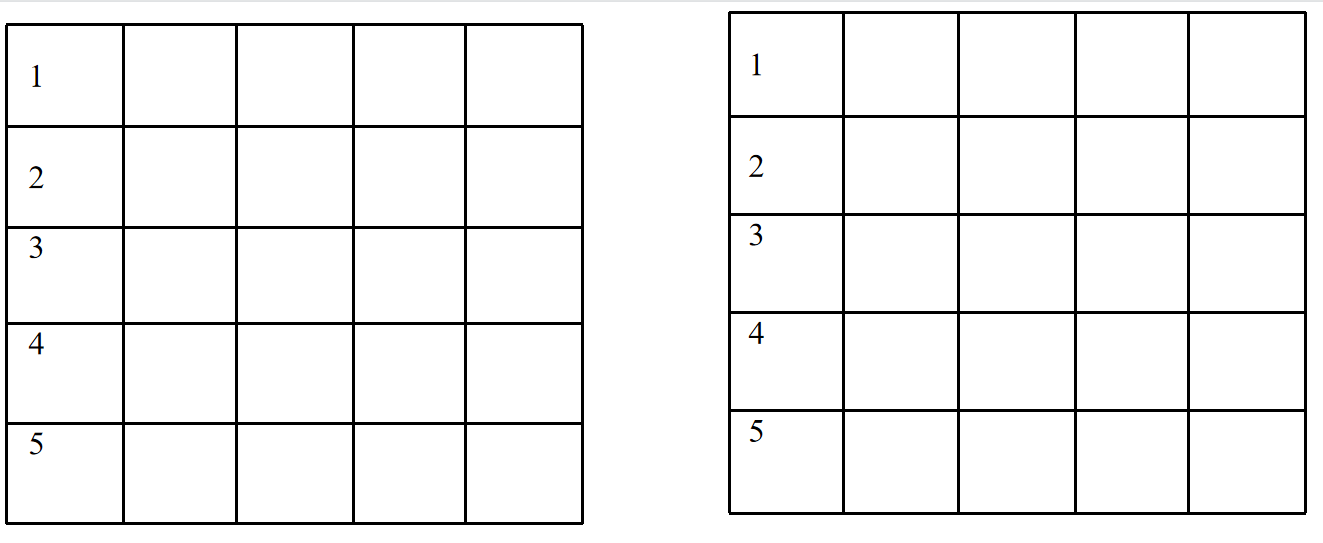
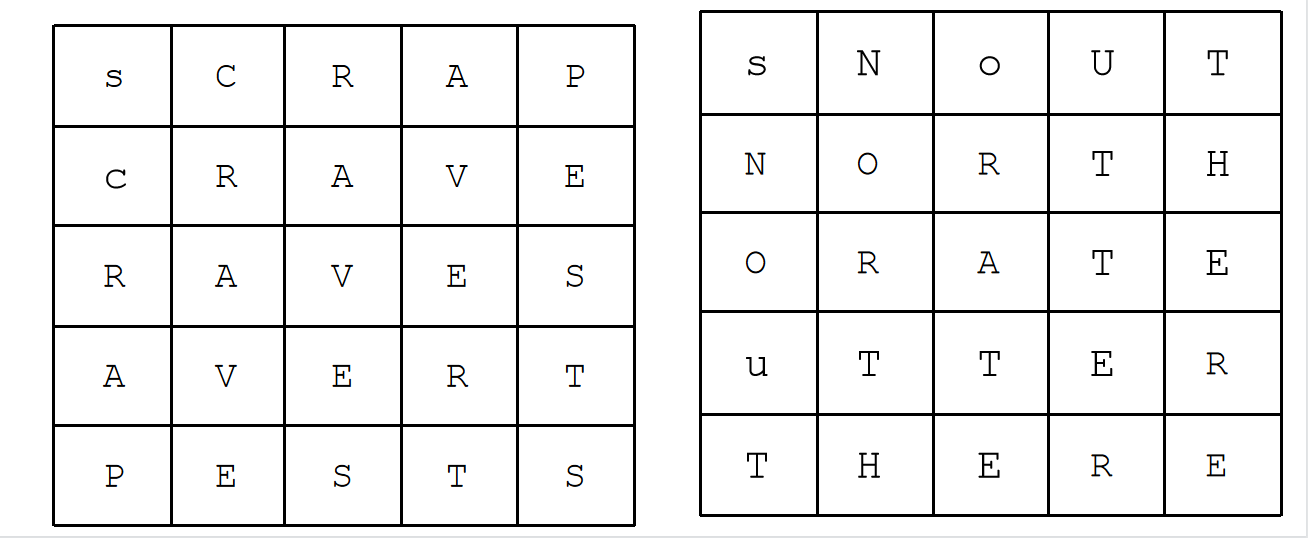
Acronyms.
Anacronym is a word formed with the first letters of the words in the phrase.
Examples – UNO, UNESCO, AIDS, RADAR, etc.
KSEEB Solutions For Science And Hope Of Survival Expand The Following Acronyms
1.RAM – Random Access Memory.
2. ROM – Read-only Memory.
3. LAN – Local Area Network.
4. AIR – All India Radio.
5. NGO – Non-Government Organization.
6. NEWS- North East West South.
7. CAT – Common Admission Test.
Text box A contains phrases and Text box B contains its meanings. Match them and write them together in the space provided below:
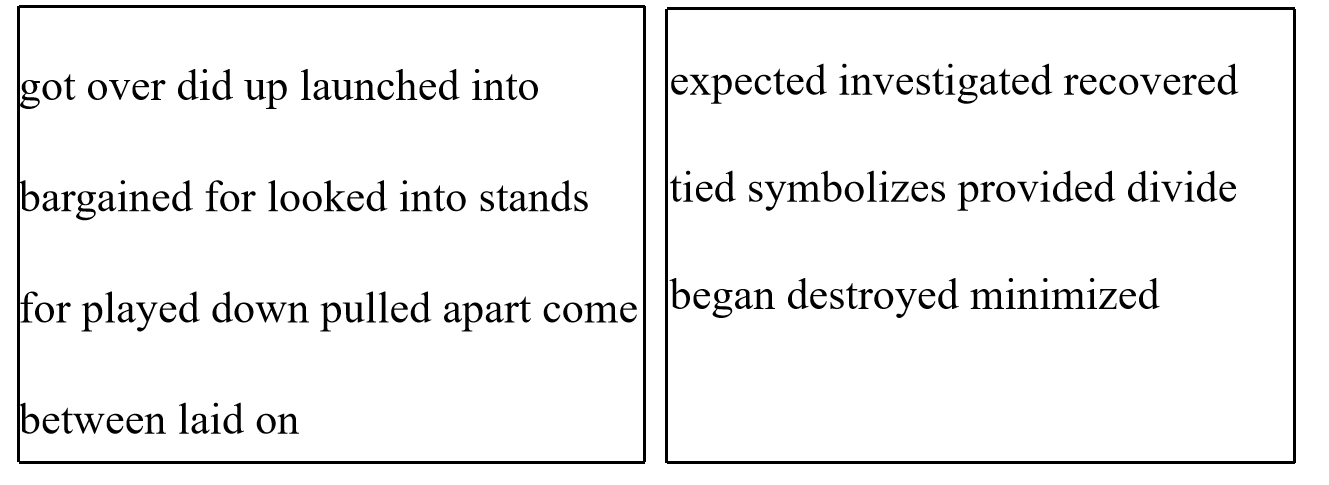
Answer:
1) bargained for – expected
2) got over—recovered
3)looked into — investigated
4) did up — tied
5) launched into — began
6) stands for — symbolizes
7) come between
8) laid on — provided
9) played down – minimized
B. Now complete the sentences using the phrases from box A.
1) She hadn’t bargained for him.
2) She got over her illness.
3) The police looked into it.
4) She did up her laces.
5) He launched into a long speech.
6) The logo stands for the company.
7) This mustn’t come between us.
8) They laid on a good meal.
9) He played down its importance.
10) She pulled his argument apart.
Class 10 SSLC English Chapter 8 Science And Hope Of Survival Interesting Activities Of Comprehension And Composition
Get into pairs, read the lesson carefully, and choose the correct option to complete the sentences.
1) According to Kellis Borok, science is an exciting adventure where a major reward comes from the
1) Discovery itself
2) The honors and promotions
3) Money earned from the discovery earned for the scientific invention
4) Awards
Answer: 1) Discovery itself
2. In 1960, the author, KellisBorok was in Moscow
1) To attend a Summit called by the President of Russia
2) Doing research on the theory of seismic waves
3) To do research in theoretical physics
4) To present his research analysis in the Summit called by the President of Russia.
Answer: 2) Doing research on the theory of seismic waves
3. The one-word meaning of ‘scientific method of finding out about a crime’ is
1) Diagnosis
2) Genetic
3) Legal
4 Forensic
Answer: 4) Forensic
4. According to the author, the most practical people in the world are
1) Teachers
2) Researchers
3) Scientists
4) Politicians
Answer: 3) Scientists
5. The word in which ‘in’ is a prefix but not a part of the word is
1) Insecure
2) Injured
3) Intellect
4) Involved
Answer: 4) Insecure
KSEEB Solutions Class 10 Chapter 8 English Science And Hope Of Survival Read the Extracts Carefully And Answer The Questions
1. ‘I was absorbed in my problem’.
a) Who is the ‘I’?
Answer: ‘T refers to Keillis Borok.
b) What is the ‘problem’ referred to here?
Answer: The problem refers to the research work on the theory of seismic waves.
c) Where was the speaker attending to his problem?
Answer: The author was doing his research work in Moscow.
2. ‘We were working out a solution that eventually allowed politicians to reach one of the most important decision.”
a) Who were the ‘we’?
Answer:‘We’ refers to the scientists of the world.
b) On what solution were they working on?
Answer: The scientists were working on finding out a solution to reduce the tension of the cold war through disarmament ways.
c) What was that one of the most important decisions taken by the politicians?
Answer: The politicians reached one of the most important decisions, S ‘Nuclear Test Ban’ to save the earth from destruction.
Rearrange the following words and phrases to form meaningful sentences. One example has been done for you.
After 1960 / Indian cities / expanded / all/ have.
Answer: All Indian cities have expanded after 1960.
1. Live in/ of spaces / Indians / the most / crowded
Answer: Indians live in the most crowded of spaces.
2. Slums / at least / 35% of/ lives in/ urban India
Answer: At least 35% of urban India lives in slums.
3. Free of/ city is / dangers of/ no Indian/ pollution / the growing
Answer: No Indian city is free of the growing dangers of pollution.
4. At night / the stars / in the sky / difficult / to see/ it is
Answer: It is difficult to see the stars in the sky at night.
Mr. M. Sharma is the owner of K.P. Bakeries. He has made the following notes about a wedding cake to be delivered to Mr. John. He asks his personal assistant to write a brief note to Mr. John, using, using the information form the notepad given below, complete the notes choosing the correct options.
Mr. John— Cake ready
weighs 19 kg, thick layer of chocolate
names of bride and groom written
request — collect by 5 p.m.
not responsible — any damage afterward.
Dear Mr. John,
We are pleased to inform you that (a) the cake
you ordered is ready. It is a cake (b)
with a thick layer of chocolate on it.The names of
the bride and the groom (c) top.
Since it is a perishable item, (d)
collect it by 5 p.m. this evening. We shall not be
responsible if (e) afterward.
Yours truly,
M. Sharma
Proprietor (K.P. Bakeries)
Options:
a)
1) The cake you ordered
2) you ordered the cake
3) you order the cake
4) The cake you order
Answer:1) The cake you ordered
(b)
1) which weighs 10 kgs.
2) weighs 10 kgs.
3) weighing 10 kgs
4) 10 kg weight.
Answer:3) weighing 10 kg
(C)
1) Is written
2) Have been written
3) Has been written
4) Is being written.
Answer:2) Have been written
(d)
1) we request you
2) We are requesting you
3) we requested you
4) we request you.
Answer:4) We request you
(e)
1) It is damaged
2) It gets damaged
3) It is damaged
4) They are damaged
Answer:3) It is damaged


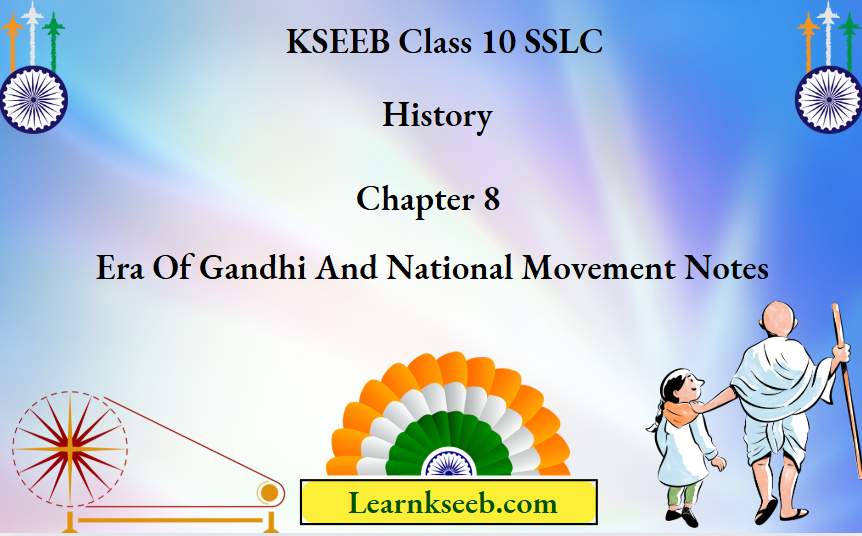
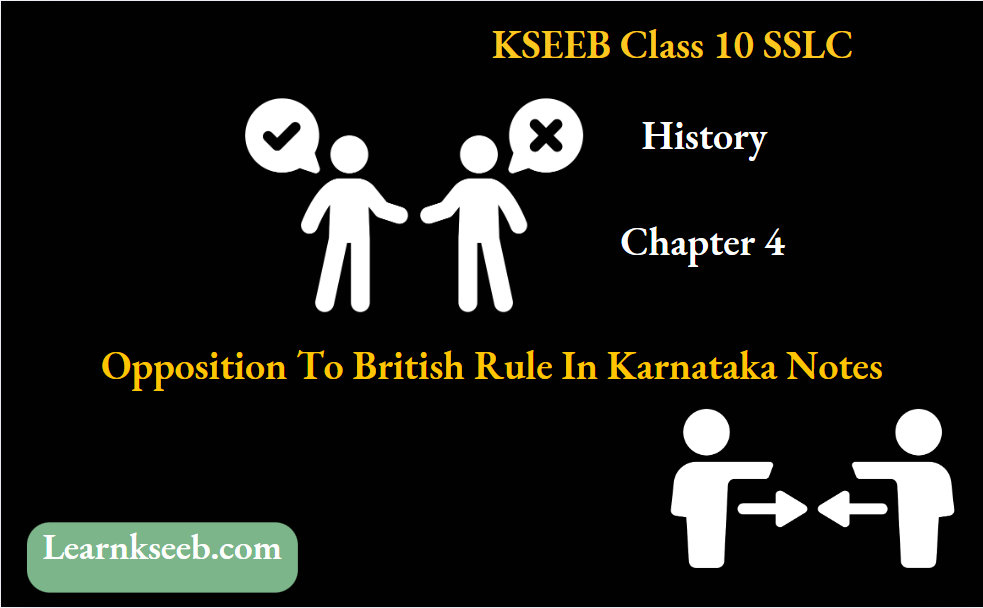
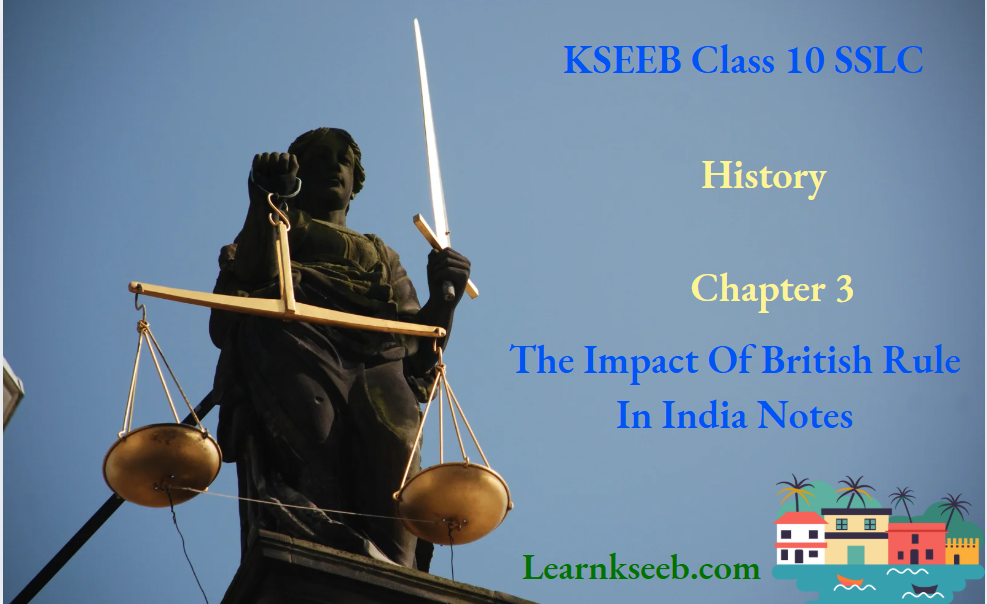
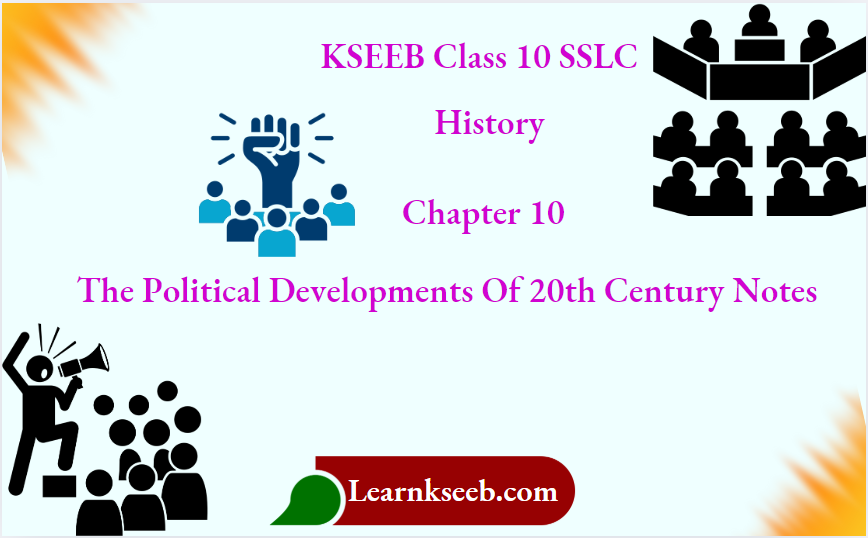









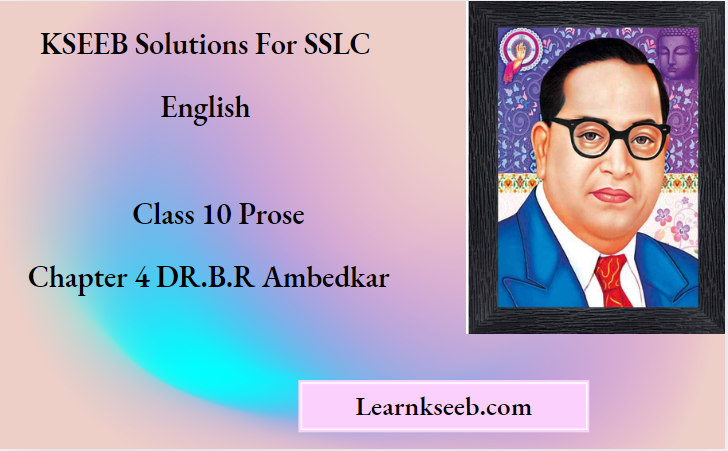
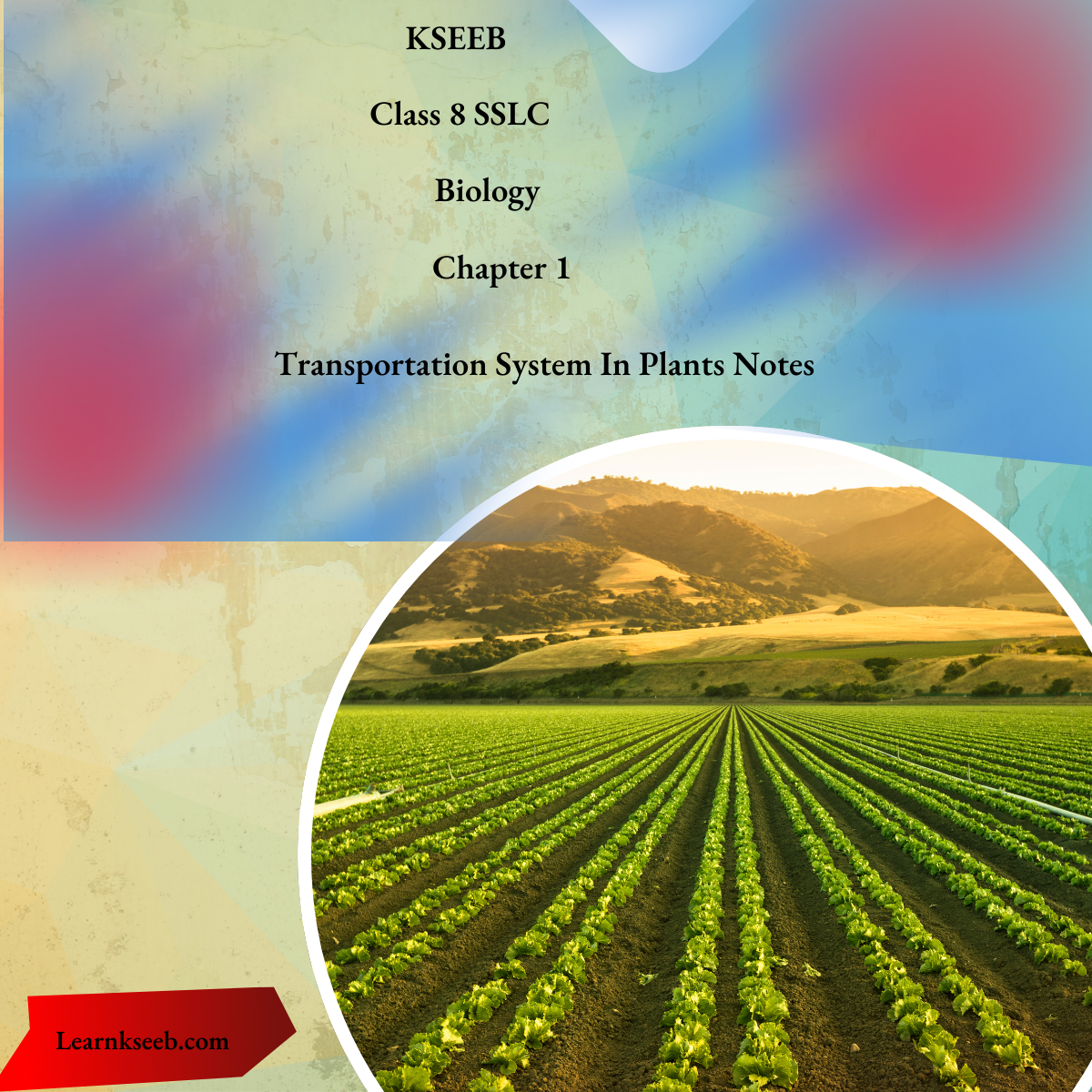
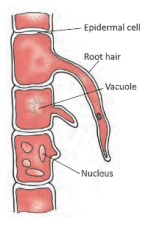



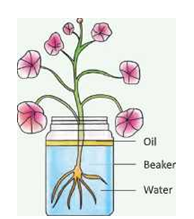


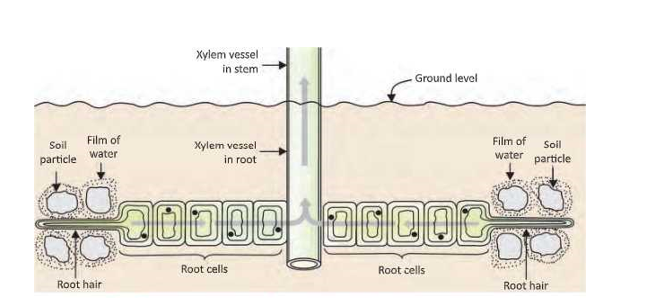
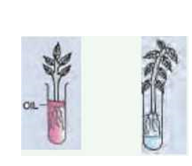

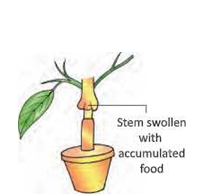
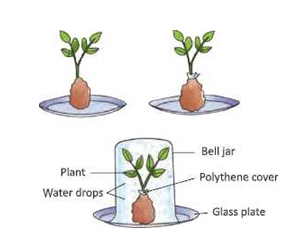
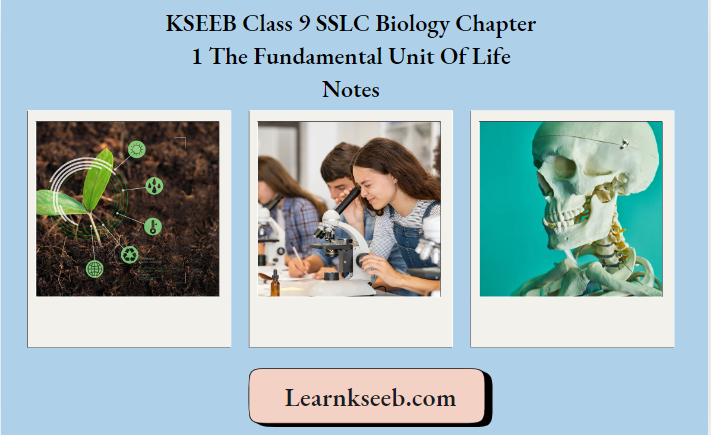

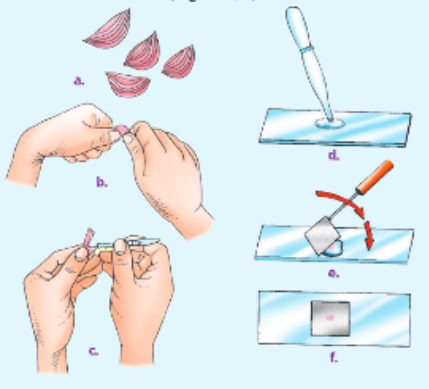
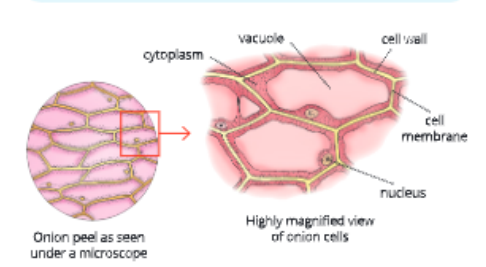
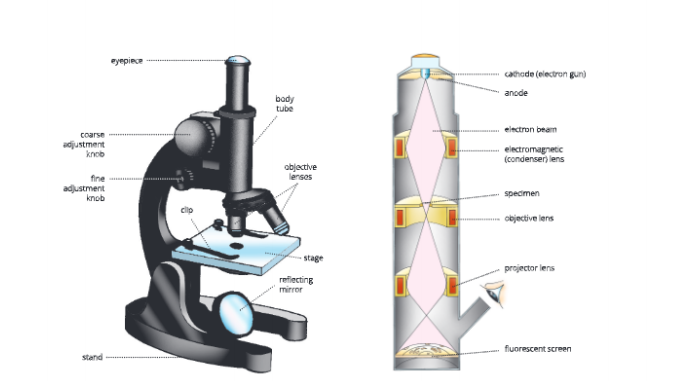

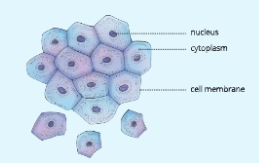
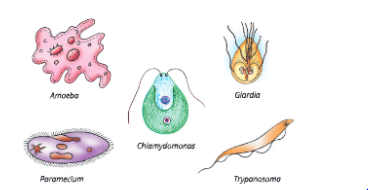

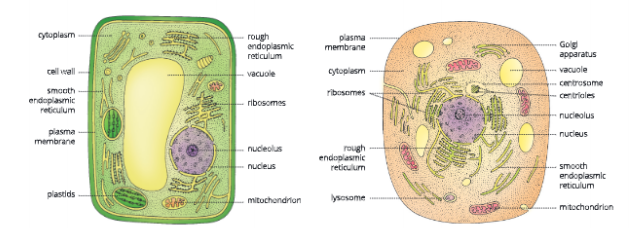

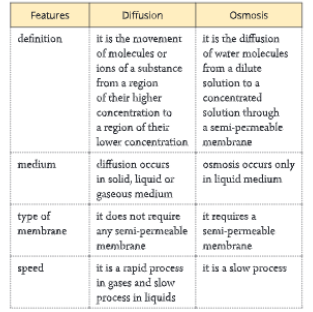

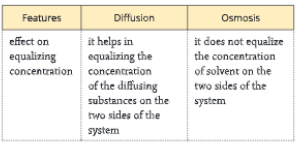

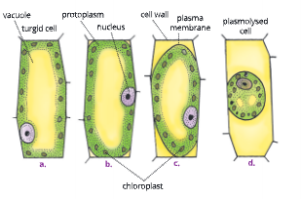

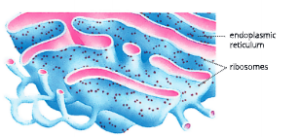

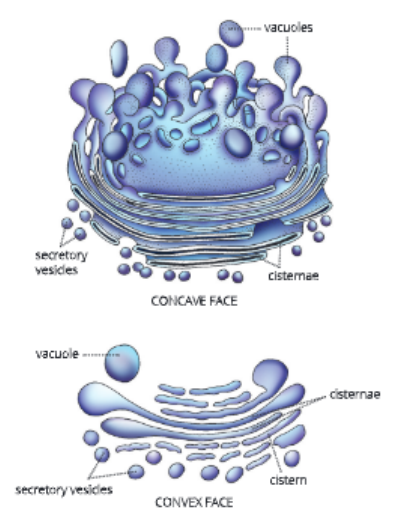
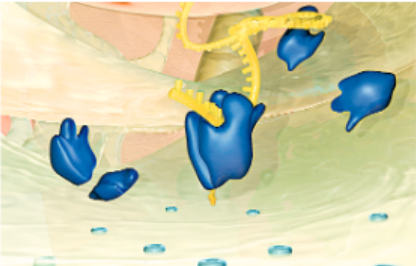
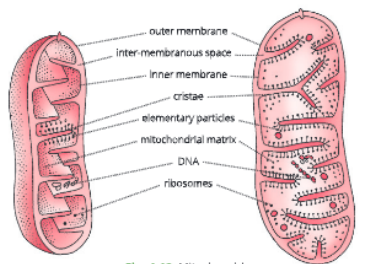 They Provide Important Intermediates For The Synthesis Of Several Biochemical Substances Like Chlorophyll, Cytochromes And Steroids.
They Provide Important Intermediates For The Synthesis Of Several Biochemical Substances Like Chlorophyll, Cytochromes And Steroids.